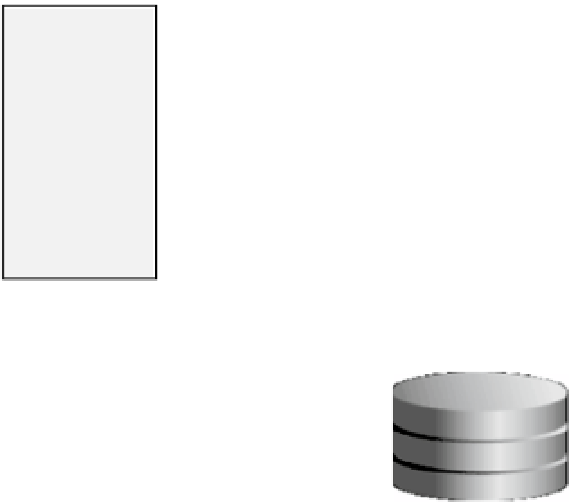Database Reference
In-Depth Information
Write/Write Behavior
Previous discussions centered on shareable scenarios such as multiple instances having read copies of the same
block. Now we look at how cache fusion operates when multiple instances require write access to the same block.
Please note from our previous scenario in Figure
2-9
that the block has been modified by instance
SSKY1
(new SCN
value is 10010); the SCN for the block on disk remains at 9996.
In a continuous operation, where there are multiple requests made between instances for different blocks, the
GCS is busy with the specific resource documenting all the block activities among the various instances. The GCS
activity is sequential, unless it has recorded the information pertaining to previous requests; it does not accept or
work on another request. If such a situation occurs, the new request is queued and has to wait for GCS to complete its
current operation to accept this request.
Figure
2-10
illustrates the steps involved when an instance has acquired a block for write activity and another
instance requires access to the same block for a similar write operation.
15
18
17
SSKY2
SSKY3
SSKY4
SSKY1
R7
R5
R1
R3
R8
CR
R2
R4
500:9996
500:10010
500:9996
500:10016
16
SCN 9996
Block 450
Block 490
Block 459
Block 550
Block 500
Block 600
SSKYDB
Figure 2-10.
Write/write behavior
These are the steps:
15.
Instance
SSKY2
, which originally had a read copy of the block, and based on the write
request from instance
SSKY1
received instructions from the GCS to clear the block buffer
(marked as CR), now requires a copy of the block to make updates. Since the block is no
longer in the local cache (local cache miss), instance
SSKY2
makes a request to the GCS for
an exclusive resource on the block.































































Search WWH ::

Custom Search